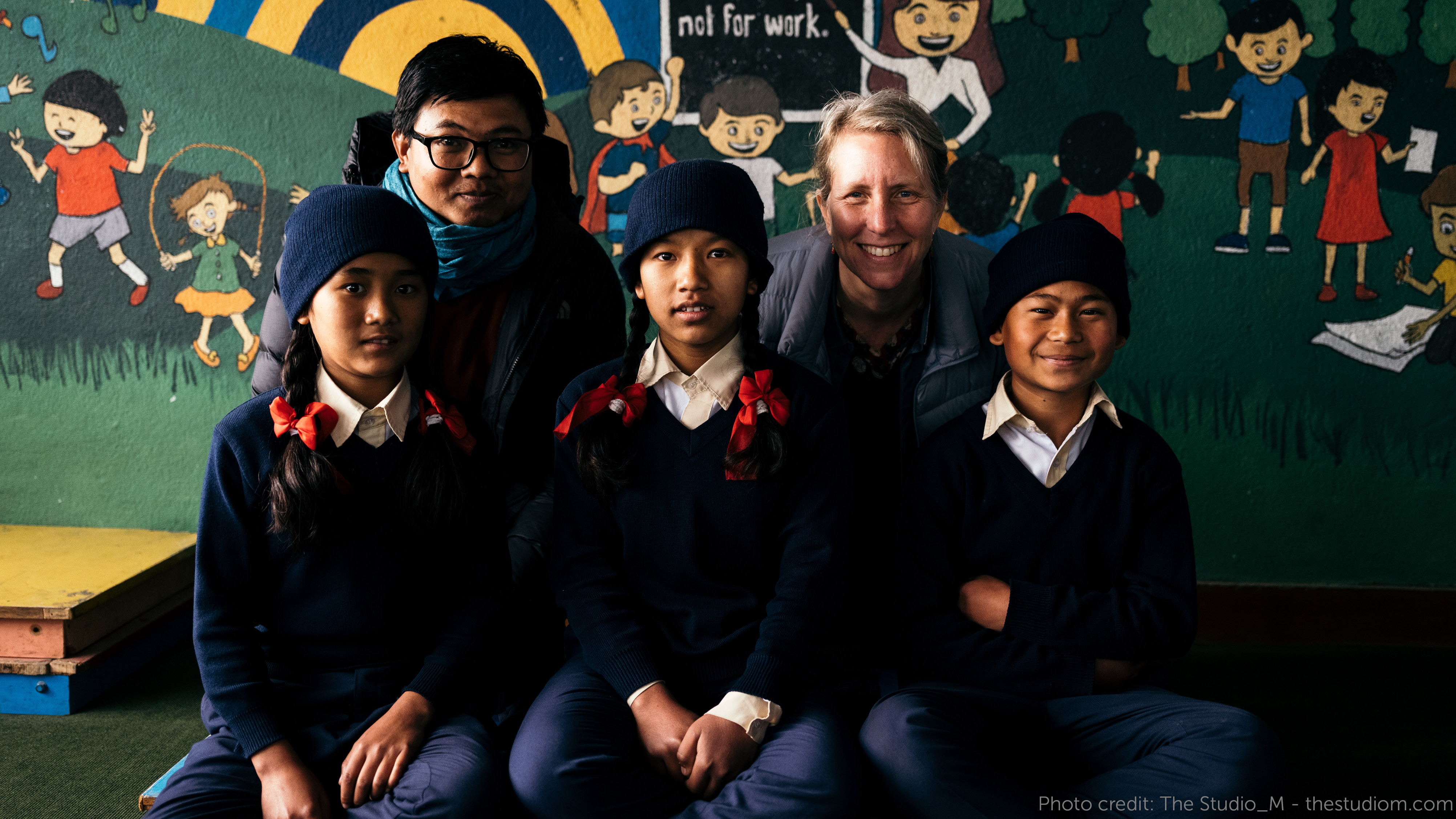The Story of Hem Moktan: 152 Million Children Around the Globe Labor in Bondage
June 12, 2020To be a hero is to take a risk. Hem Moktan does this every day, facing his brutal past as an enslaved child. He is featured in the documentary film Hem Moktan: He Made It, that debuted on June 10, 2020, to mark this year’s World Day Against Child Labor. I first met Hem 20 years ago. During production this past February, I spent time with him in Kathmandu and learned more details of his life.

This article was written by GoodWeave CEO Nina Smith and first appeared on Skoll Foundation Perspectives on June 11, 2020.
His story sheds light on the 152 million child laborers around the globe who have yet to be freed. Amidst COVID-19 that number could increase, as people become desperate for work on any terms.
Hem Moktan taught me that you do not need to die to lose your life. From age 10 to 13, Hem was forced to weave carpets to work off the advance paid to his father. He endured beatings, illness and hunger. He worked in conditions defined by the International Labor Organization as the “worst forms” of child labor. Hem calls this a time when he was some other being, not a human being, “when I was lost.” Now with a master’s degree and a Ph.D. in process, Hem serves the organization that facilitated his freedom and I proudly call him my colleague. In his role, he has helped hundreds of children to regain their freedom, and their lives. Hem’s story is a reminder that the shirt you wear, the carpet under your feet, and so many other things you touch every day, may have passed through the hands of an exploited child. Now as we raise awareness through World Day Against Child Labor and while many businesses are struggling to survive the COVID-19 crisis, this is a chance to support the ones that act to stop child labor. Know who made the products you buy and put a stop to child labor, insist on the GoodWeave® label.
Trafficking Starts with False Promises
Hem’s ordeal started when a man, a labor broker, came to his squatter settlement. His parents were farm laborers, and could not earn enough to provide for their six children. So, when this man offered Hem’s father food, clothing and a salary for work in the city, he considered it a great opportunity for his son. Hem and some other children were brought to a Kathmandu carpet factory, where his parents’ hopes quickly dissolved. Each day he wove carpets from 4:00 or 5:00 a.m. until 1:00 p.m., sometimes all night. The yarn dug wounds into his small hands. “It was the most painful in the winter,” Hem remembers. “The ache didn’t go away.” He had only two daily breaks to eat a plate of white rice with watered down lentils and mushura (a cheap soybean vegetable). He lived and worked in the dirty and overcrowded factory, suffering pneumonia, typhoid, chronic diarrhea and skin disease. Hem and some others slept on the floor of a hot, windowless storeroom that stunk from its previous use as a toilet.
Read rest of the blog on Skoll Foundation Perspectives
